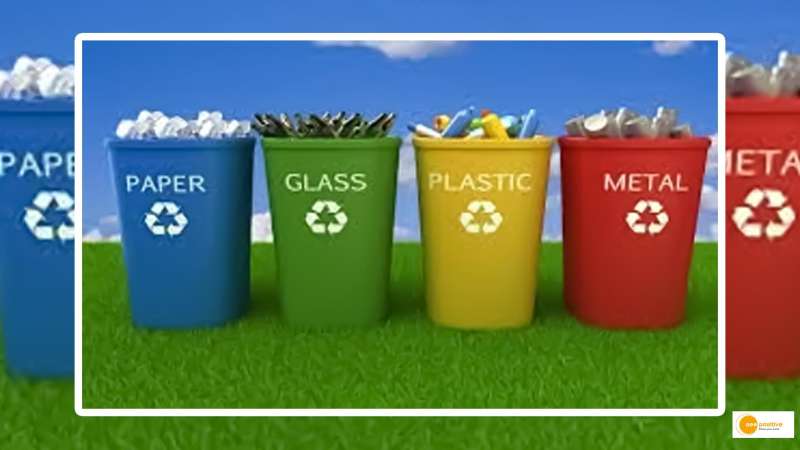

Proper waste management is crucial for maintaining a clean environment. It is the collection, transport, treatment, and disposal of waste materials. To ensure effective disposal and recycling, waste needs to be segregated into different types. Let’s explore the various types of waste and their corresponding color codes for dustbins.
1. Organic Waste: This type of waste comes from plants or animals and is biodegradable. Examples include green waste, food scraps, and garden debris. Organic waste is usually disposed of in brown dustbins. When properly composted, it helps reduce methane emissions and can be used as a natural fertilizer.
2. Hazardous Waste: Hazardous waste poses a significant risk to human health and the environment if not handled properly. It can be flammable, corrosive, toxic, or explosive. Examples include paints, batteries, cleaning agents, and pesticides. To ensure safe disposal, hazardous waste should be placed in yellow dustbins.
3. Solid Waste: Solid waste refers to any garbage or refuse found in industrial and commercial settings. It includes materials like glass, ceramics, paper, metal, and plastics. Proper management of solid waste involves source reduction, recycling, and responsible disposal. Orange dustbins are designated for solid waste.
4. Liquid Waste: Liquid waste consists of grease, oil, dirty water, and other liquid substances that are discarded. Improper disposal of liquid waste can lead to water pollution and contamination of soil and groundwater. Liquid waste is typically collected in blue dustbins to prevent environmental harm.
5. Recyclable Waste: Recyclable waste can be transformed into new products through recycling processes. It includes items like metals, furniture, and organic materials.
However, not all waste is recyclable, so it is important to segregate recyclable waste from other types. Green dustbins are specifically designated for recyclable waste.
By following proper waste segregation and disposal practices, we can contribute to a cleaner environment and promote recycling efforts. Remember to place each type of waste in its respective colored dustbin for efficient waste management.
There are a number of things that can be done to improve waste management. Some of these things include:
• Reduce, reuse, and recycle: Reducing the amount of waste generated is the best way to reduce the environmental impacts of waste management. Reusing and recycling materials can also help to reduce waste.
• Choose sustainable products: When purchasing products, choose products that are made from sustainable materials and that are packaged in recyclable or reusable materials.
• Support waste reduction programs: Support programs that promote waste reduction, such as composting and recycling programs.
• Advocate for better waste management policies: Advocate for policies that promote waste reduction, recycling, and composting.


